Being shoulder deep in the Namibian Covid-19 travel restrictions, and seeking to plan the notion of “a perfect honeymoon” is certainly not the simplest task at hand. And no thanks to the gamble of planning an international trip in these times. I’d like to enjoy my cocktail without the risk of being locked down in a foreign country. The likelihood is just a tad too large. On my behalf, the wedding itself was stressful enough. Besides, who wants to risk losing a deposit. So, I decided to look to my own backyard, the lovely Namibia (and even if it’s not your backyard, you should still consider her.

While our country has vast options available, my new hubby and I chose to - along with the compass - look north for our honeymoon adventure. And so, our adventure came alive in the form of a road trip, or what we call a “self-drive safari”. We left Windhoek and made our way up north. Sure, you could do the flying-thing, but the long stretches and scenic vistas of the roads between destinations allows plentiful insightful conversation for newlyweds.
Day one.
For our first night, a one-night stopover, we visited the lovely Etosha Safari Lodge. The drive was easy and catered to not just one moment of hilarity, including our roadside chicken-wrap fiasco, with a shower of juices and sauces running down chins, elbows and knees. I’ll let you paint your own picture.

Anyway, back to the lodge. Welcomed by springbok and giraffes on our drive from the main road to reception, we were greeted with local smiles and sweet ice-tea. Drinks on the deck allowed for spectacular sights over the never-ending mopane forest that encircle the below waterhole, and of course, being kept company by Sambuca, the lodge cat. We were even graced by a mother-mongoose at sunset, as she helped her little one up the steps to explore the open space between tables on the deck. Following a delicious dinner of oryx steak and a sweet baked dessert, we entered the night with the squirreling sounds of a porcupine wandering in the surrounding bush. Cozy, in the Africa we know.
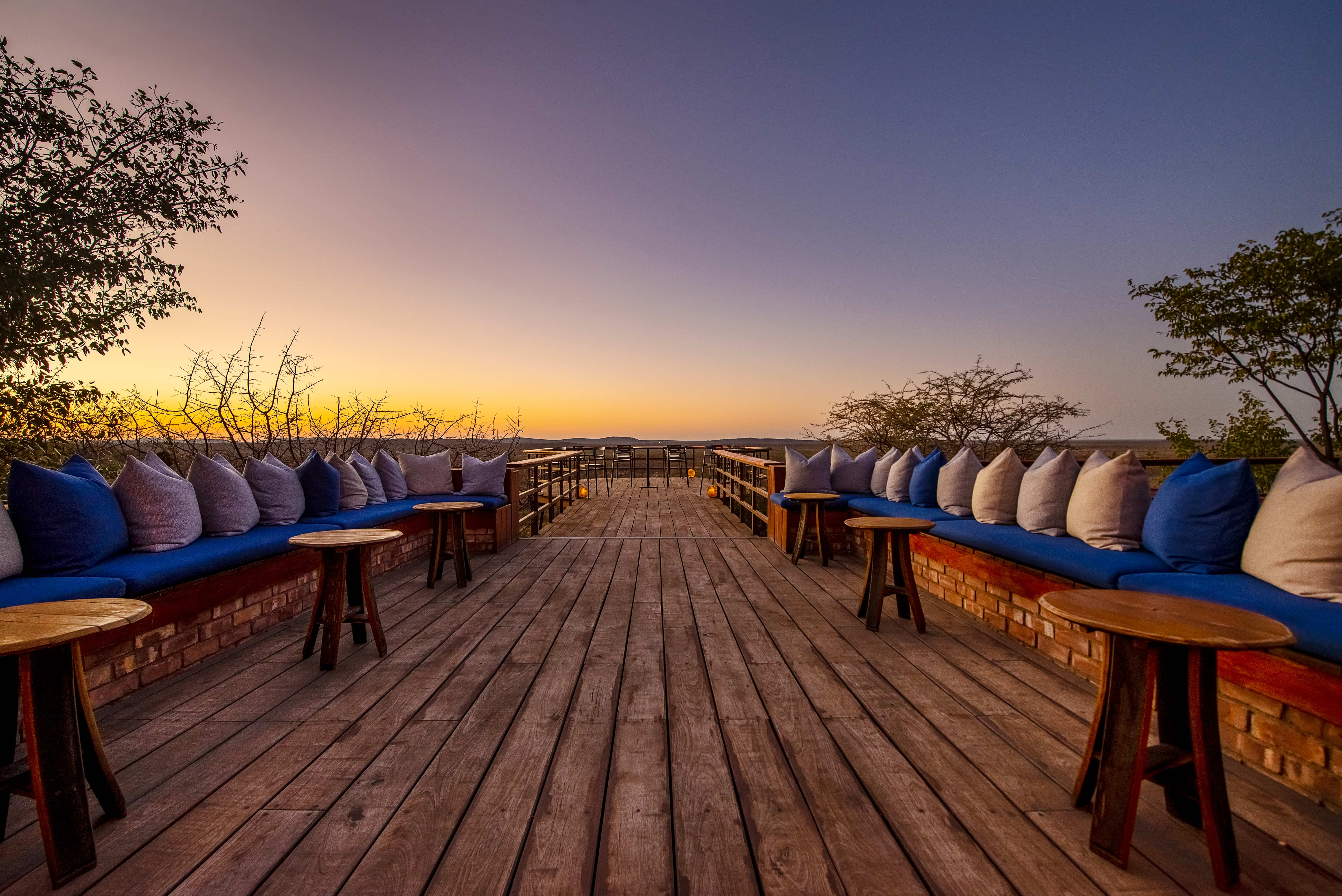
Day two.
The next morning, we enjoyed a delightful breakfast and hit the road to our next destination. We entered Etosha National Park, in her lush and green state - following a great rainy-season.
We started our drive towards the King Nehale Gate along the park’s northern border. While the distance covered is manageable, the park’s speed limit of 60km makes this a slow and steady process, creating time to experience this place of legends in all it’s mirth. Massive amounts of zebra and springbok – these herds definitely made the best of the rainy-season greenery supply and ensured that their herd numbers doubled. At the famous waterhole of Okakuejo, we were lucky enough to find a lone elephant bull enjoying a refreshing bath - quite a sight as he stood in the water as a herd of zebra surrounded the watering hole. A dance ensued as the bull stepped deeper into the water, the zebra taking a step further from the water’s edge. The bull takes a step out of the water, the zebra takes a step into the water’s edge.
Following Etosha’s version of the two-step, we were back in the car and driving again. Shortly after lunchtime, and just 10km from our destination, we found another herd of elephant grazing along the roadside. Eventually, we departed from the park, and made our way the last few kilometres to Etosha King Nehale.
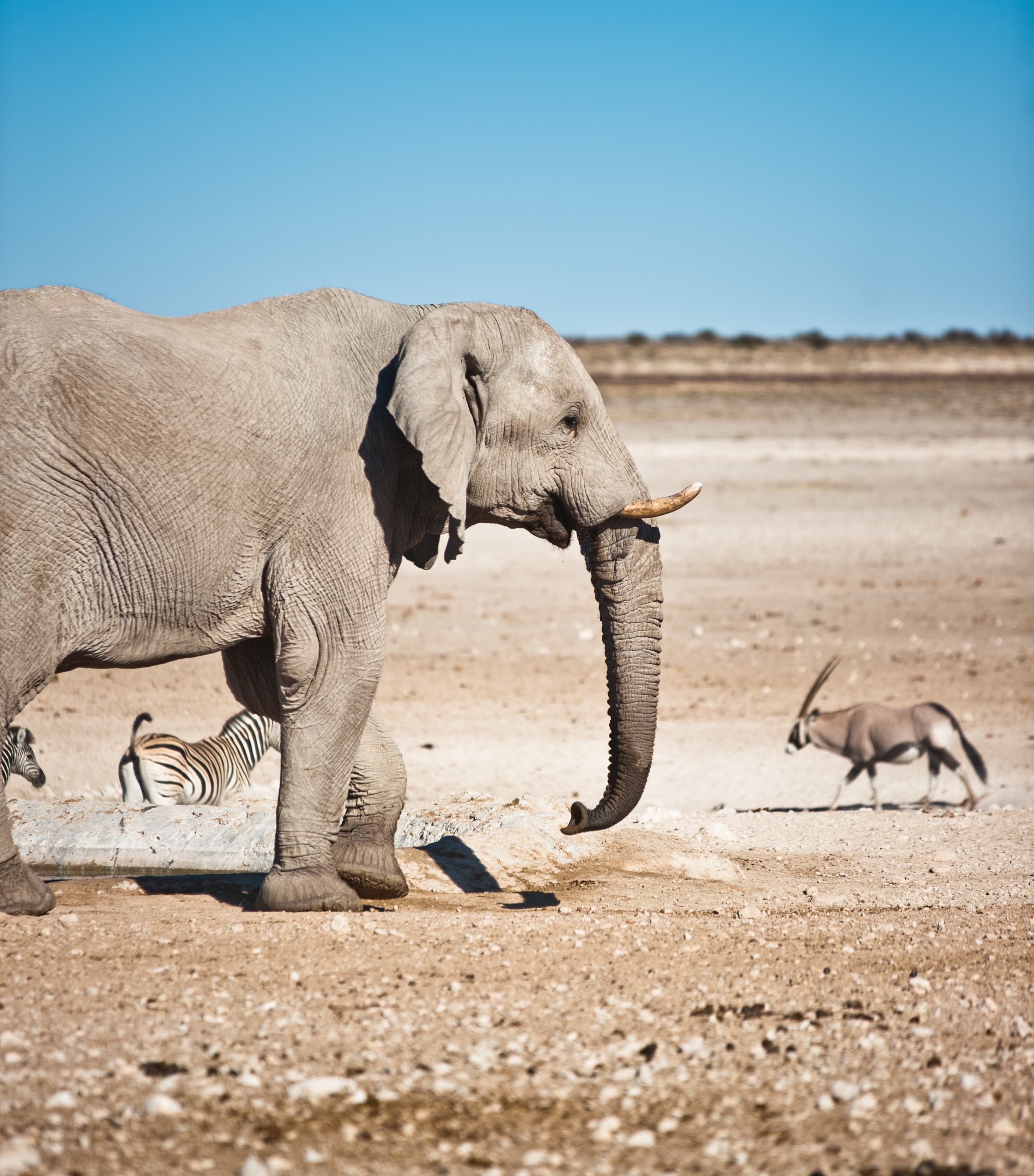
So, one thing I need to add here, we only spent one night at Etosha King Nehale, but with all the driving and the distances, we should have stayed two nights. Following the long drive through the Park, I had no intention of getting back into a car, which meant that we missed out on the special excursion to this lodge’s private water hole and the Ontalelo Outpost. What we did instead was lounge by our private plunge pool and sip the sparkling wine left for us in our room. Following a glorious hot shower, we made our way to dinner. And what an experience it was.
I know eating worms is not for everyone, but gosh you need to try it at least once. The Mopane worms are deep fried and served with a tomato and onion salsa. The worm itself doesn’t taste of much but it’s part of the experience. Beyond that, Hubby and I were so full that we could barely walk to our room. Everything was delectable. And as we curled up in bed, food-baby in-tow we watched the glittering stars through the window and drifted into heavenly sleep.

Day three.
Up bright and early, following a delicious French-press coffee in bed, we checked out and made our way for the Kavango. Driving via Tsumeb, we made it to our river-side oasis just after lunchtime – Hakusembe River Lodge. Welcomed by lush green and a waddling bunch of ducklings -day made - as we watch the little yellow-black fluff-balls gaggle along the daisy-lawn. Following check in, we excitedly grab our bathing suits, hats and books and make our way to the pool. Here, we sip a draught and wine, and lounge in the northern sunlight that drifts through the canopy of leaves. An ideal stopover en route to the Zambezi Region.
While most of the guests opted to watch the sunset from the restaurant deck, Hubby and I settle in on the beach, as Kennedy, one of the lodge’s team leaders, lights a fire for us and we watch the sun disappear into the river-side reeds to the sound the crackling flames.
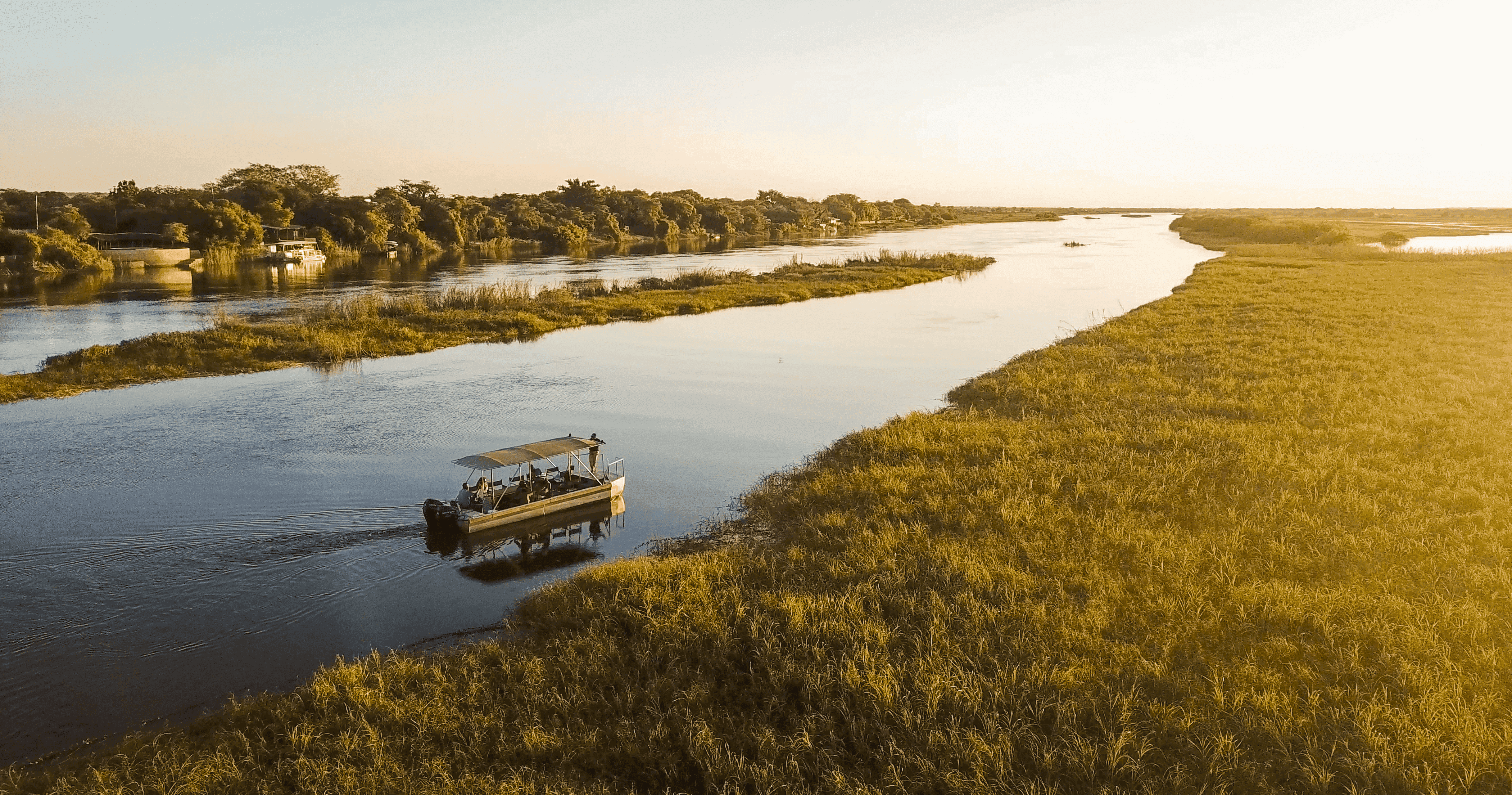
Day four.
The next morning found us driving, yet again – at this point, I realised, we definitely should have spent another night at Etosha King Nehale. It would have made this stretch a lot shorter.
Driving the approximate 500km between the lodges, found us somewhat tired of the inside of a car. But we made it to Katima Mulilo without pulling out any hair and zero fights, albeit there was a slight hangry tinge to the afternoon air.
Leaving Katima to cover the last 45km, we rejoiced as we drove past the sign ‘Welcome to Zambezi Mubala Camp’. And even though this was not our destination for the next two nights, we were getting close.
To be continued.
Jes Bekker is a proud Namibian and is passionate about writing and language. Tag along for the ride as she tries to uncover new insights into Namibia and explores what the country has to offer.
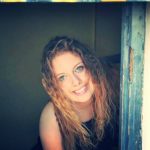


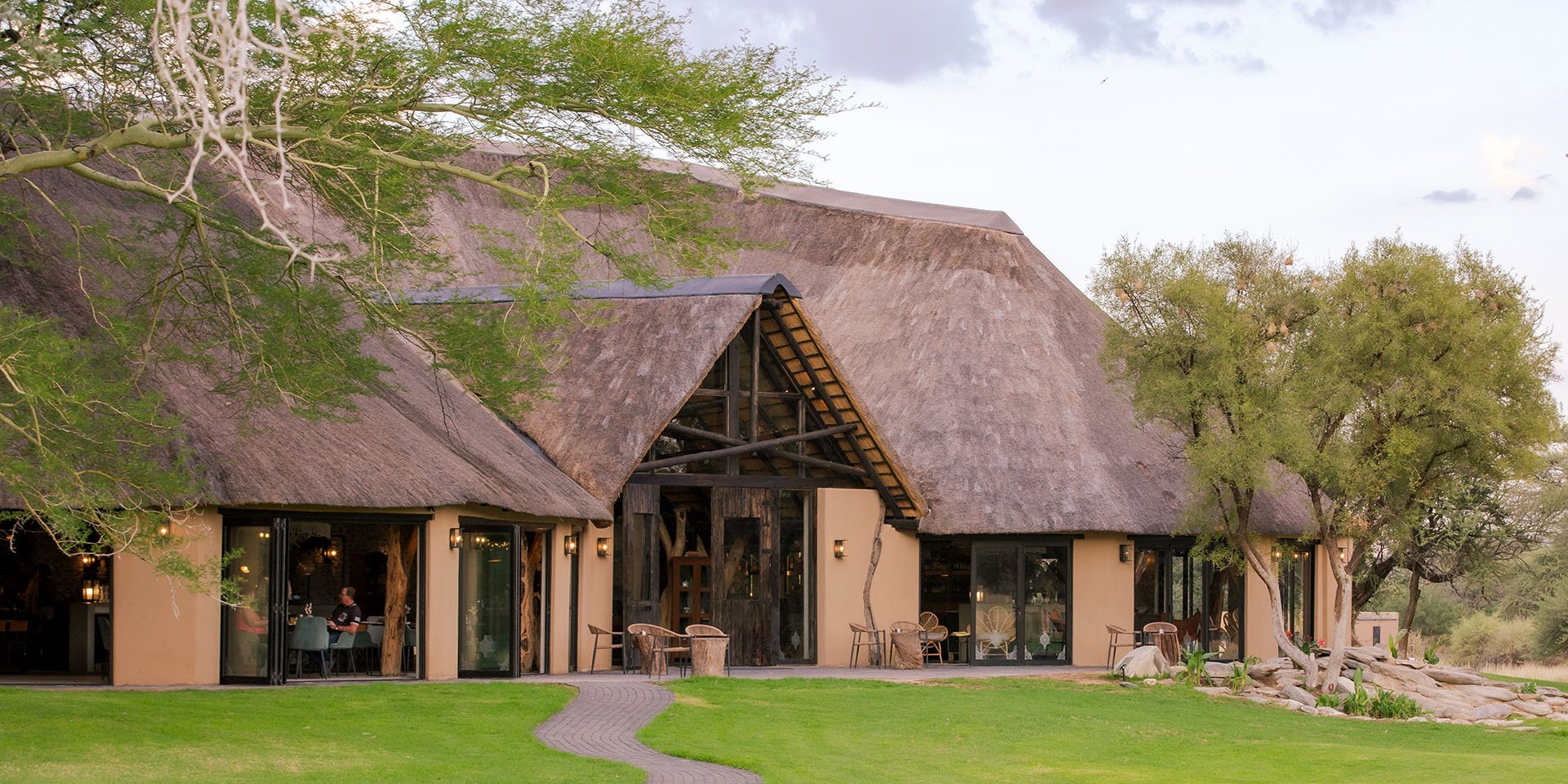
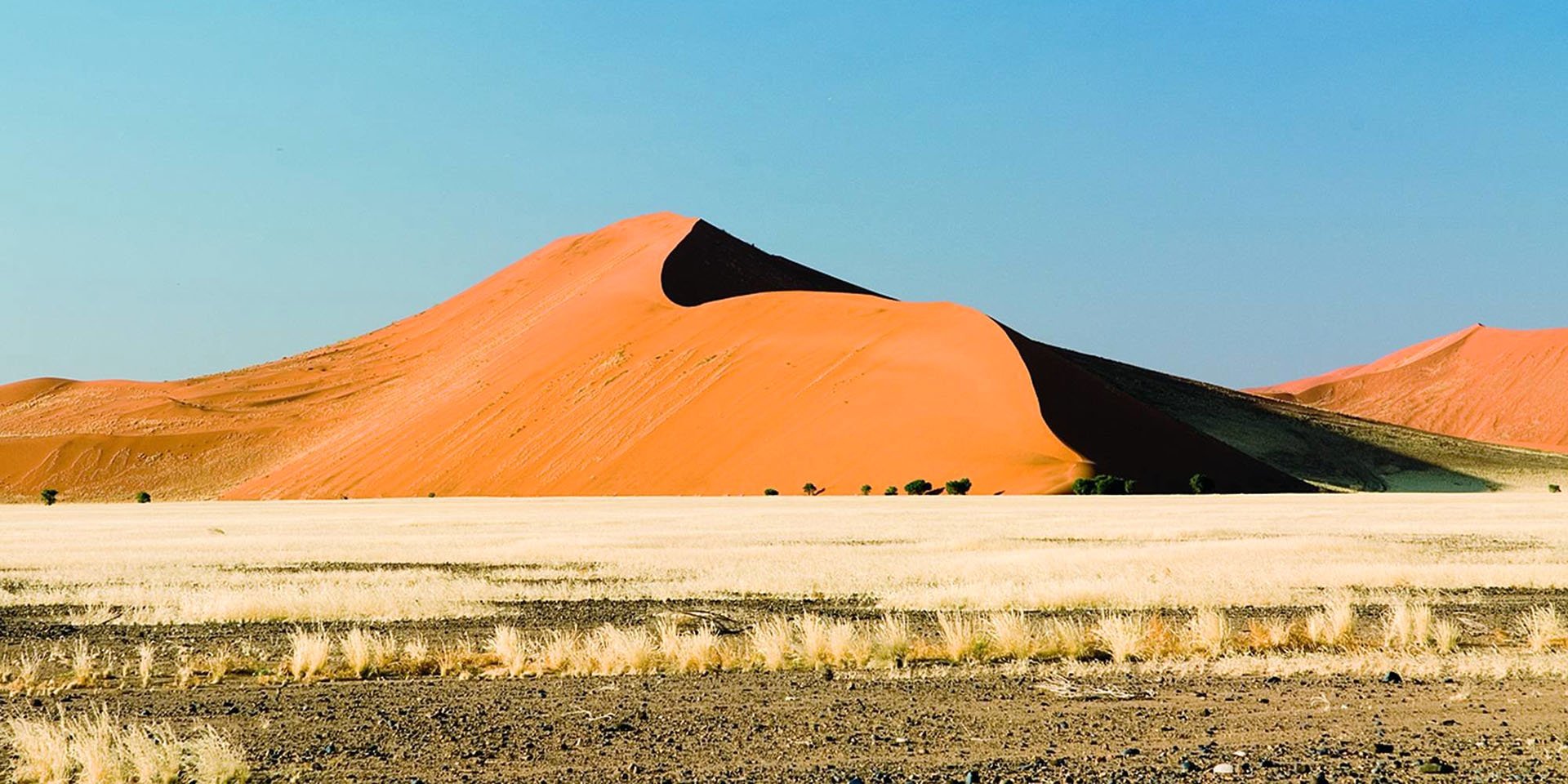

SUBMIT YOUR COMMENT